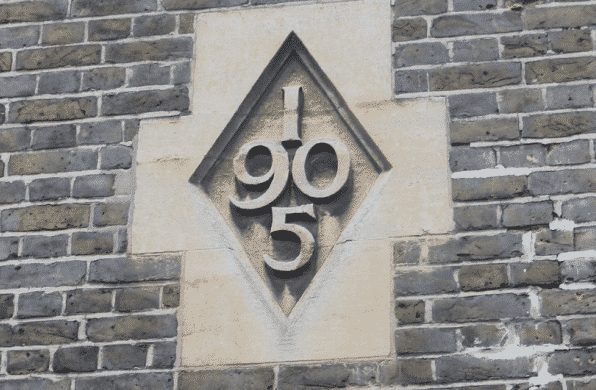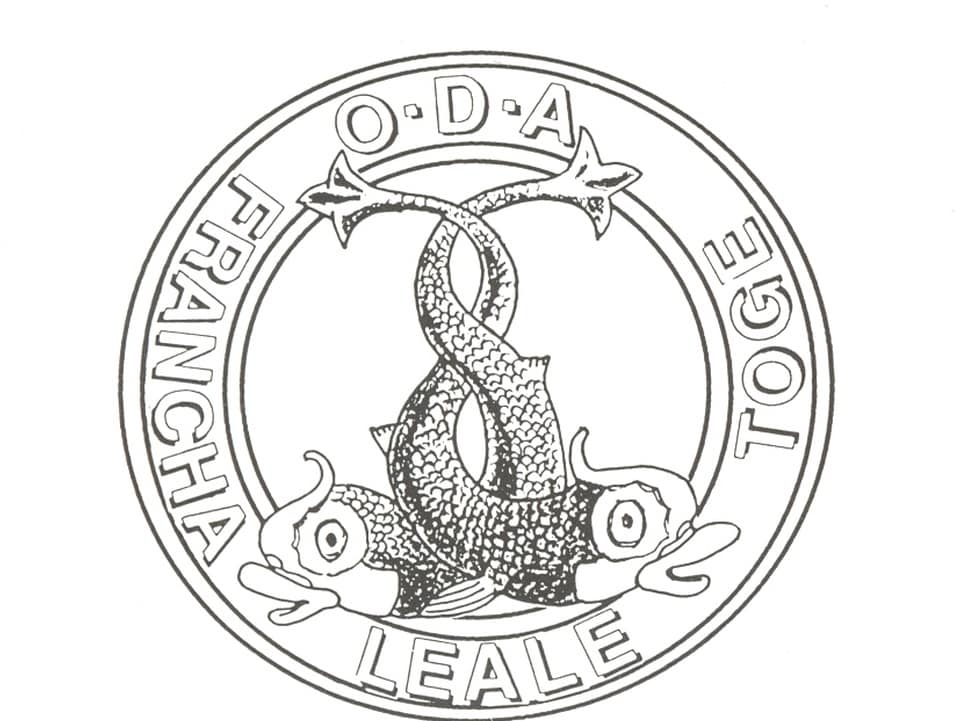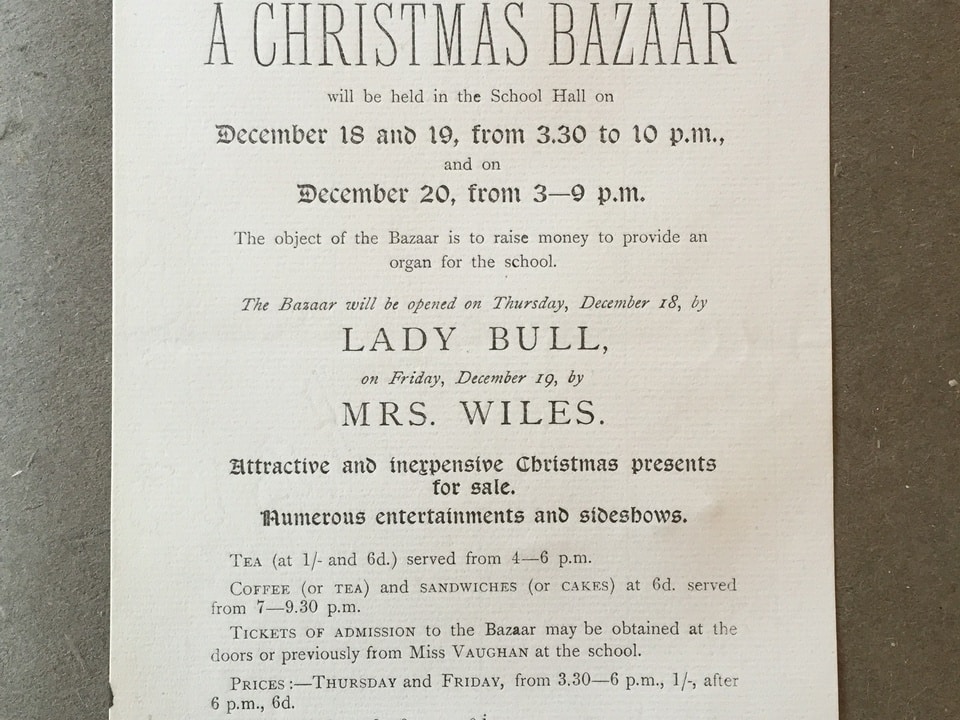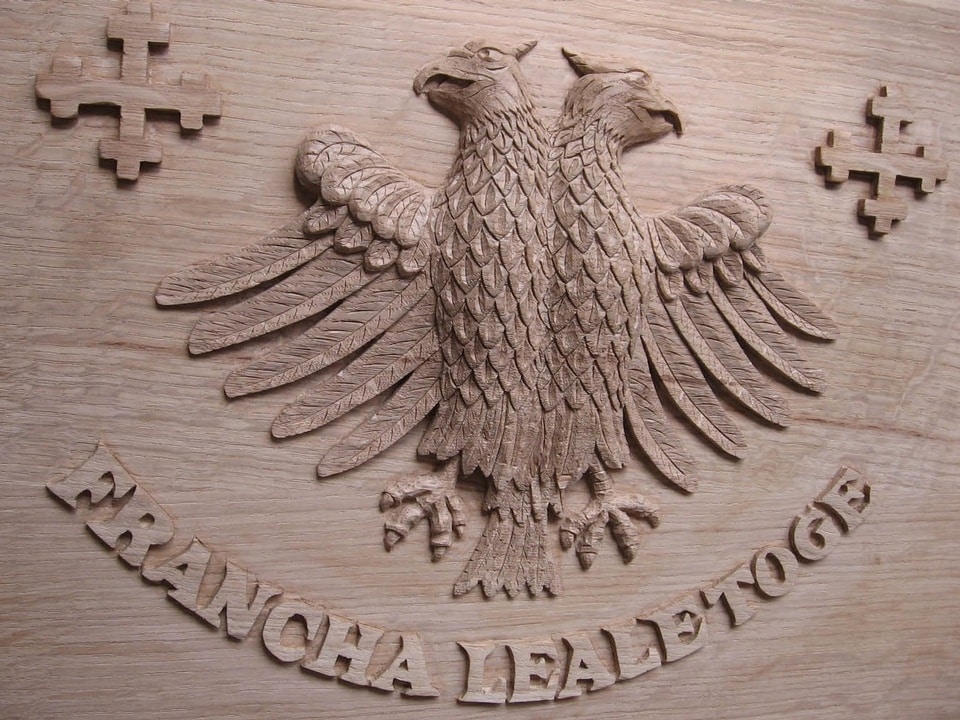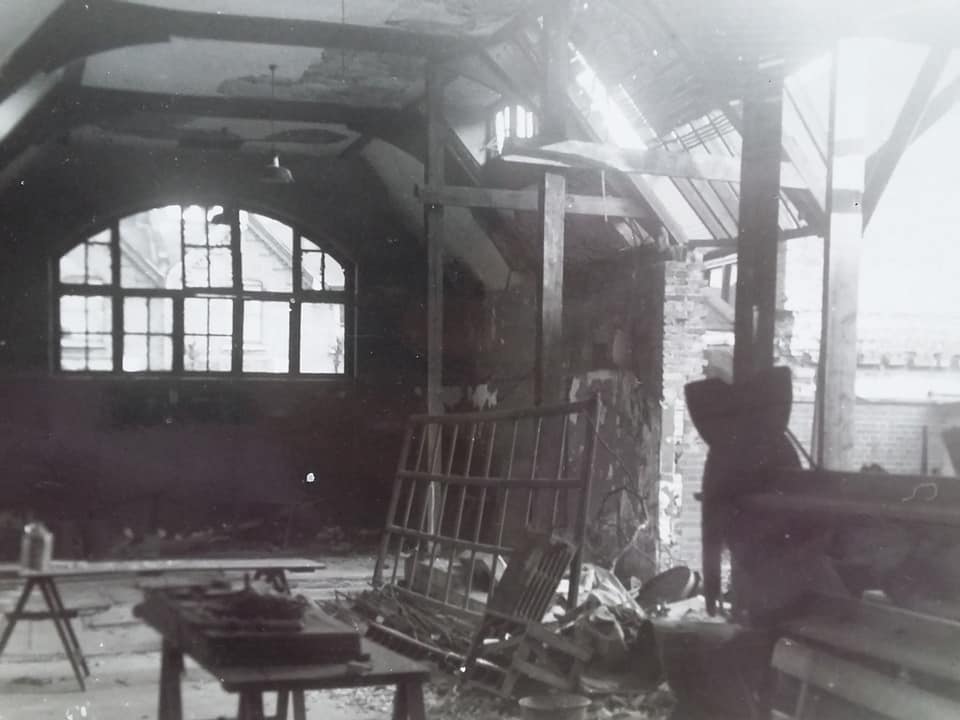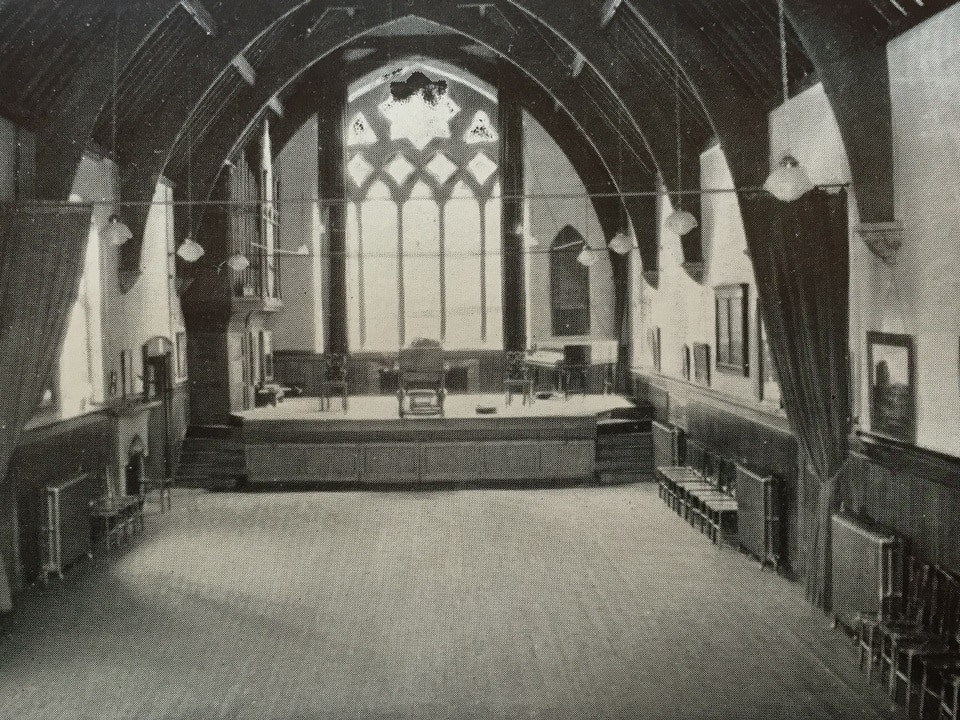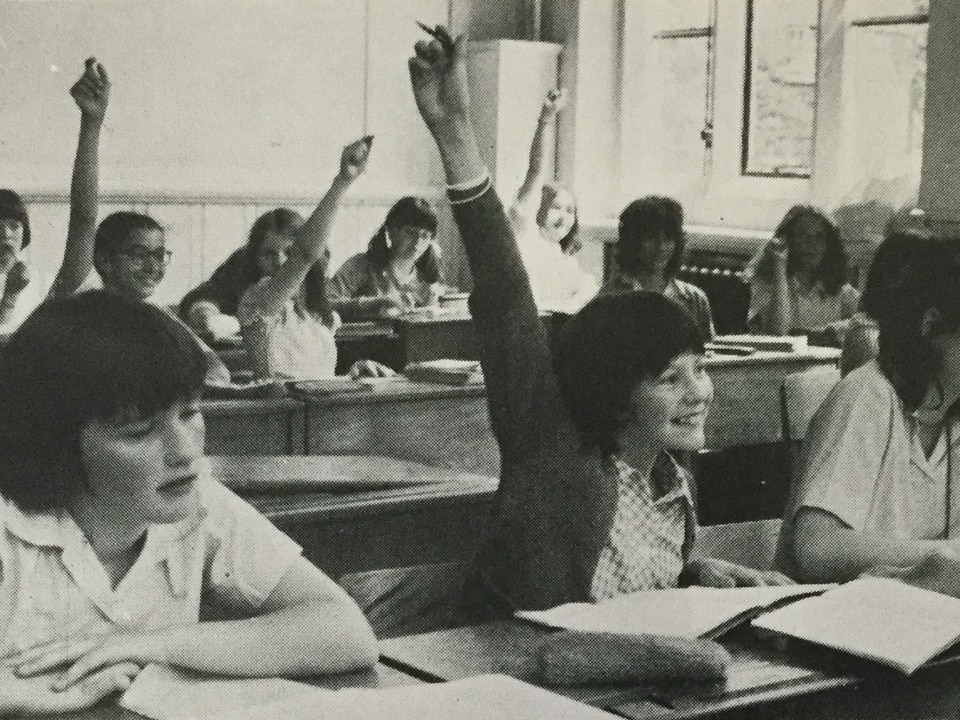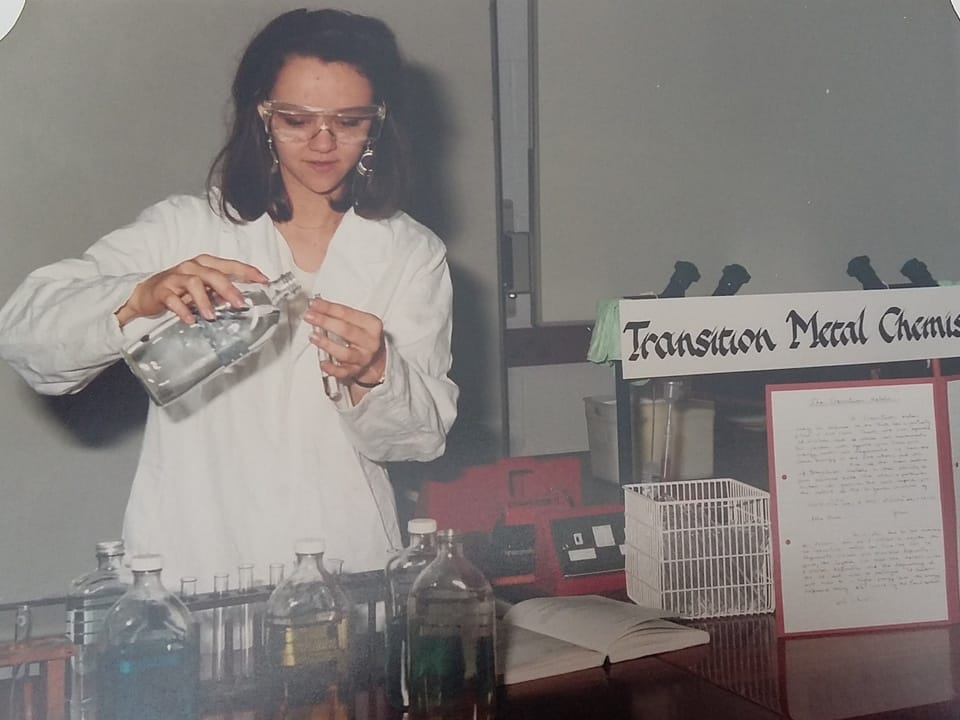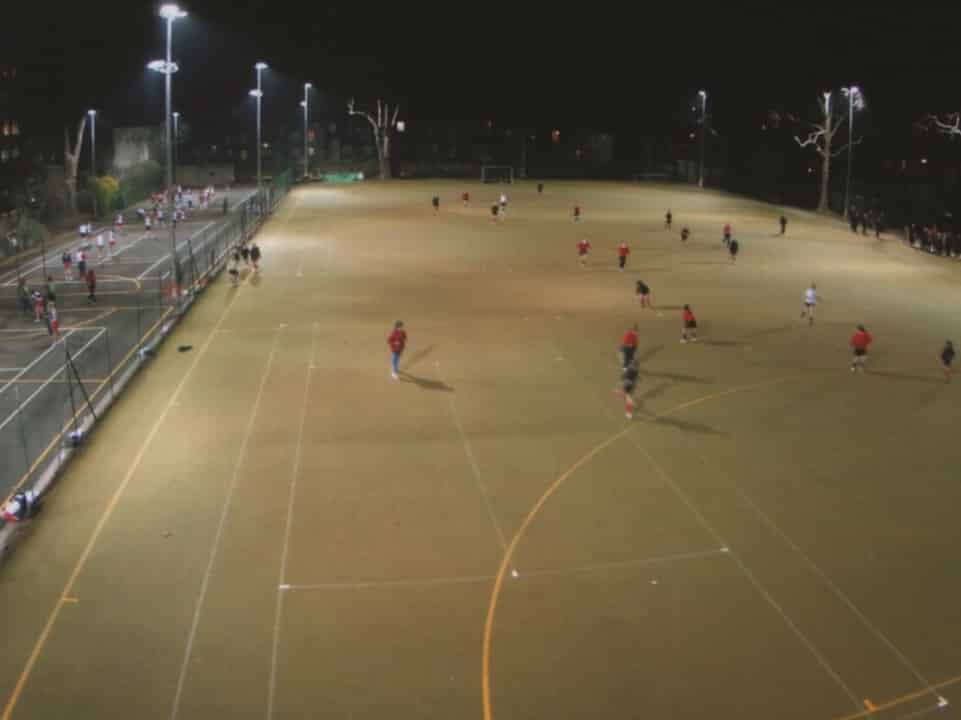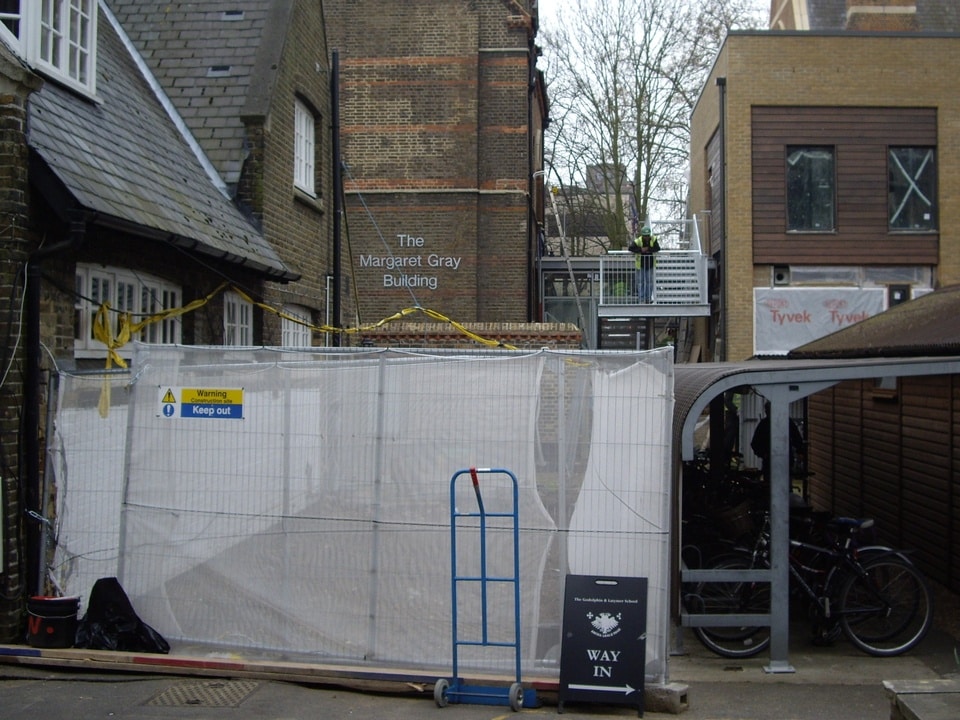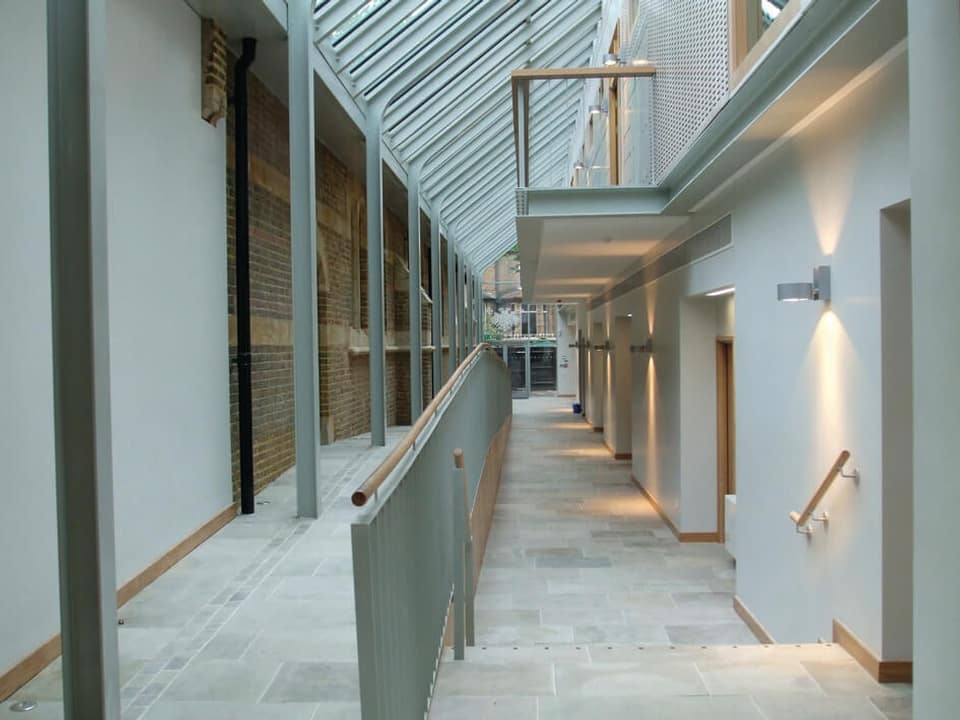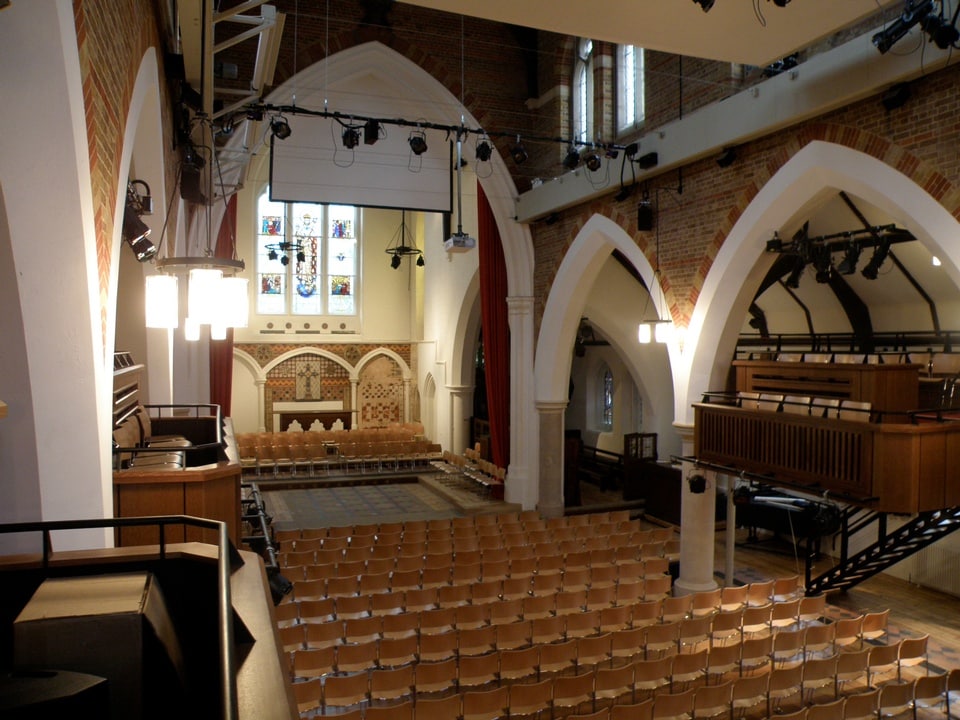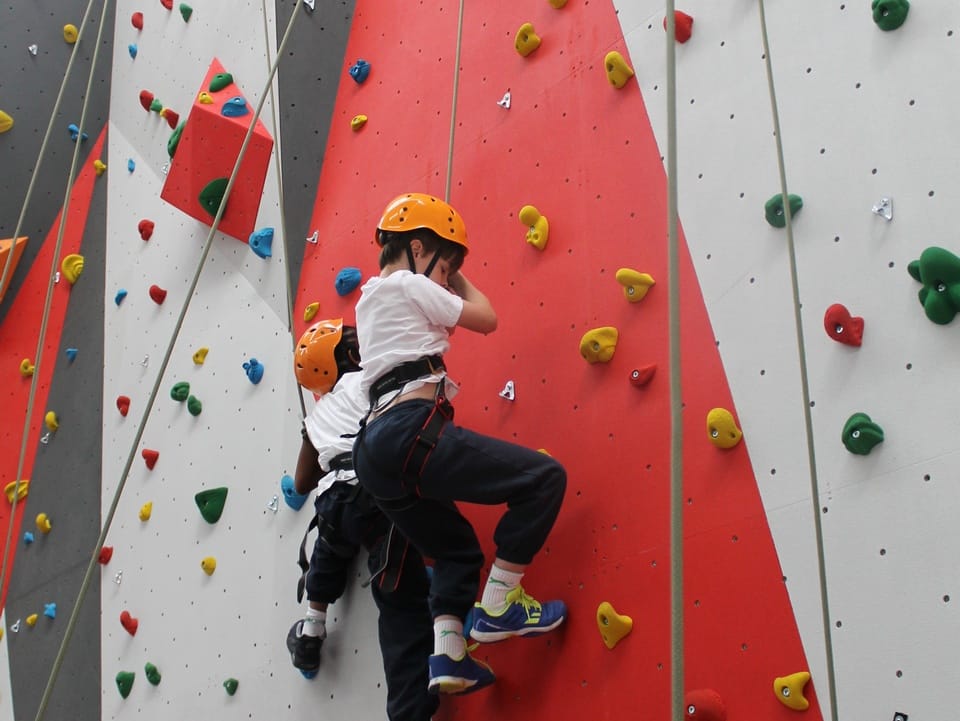History Tradition and Heritage
The Godolphin and Latymer School is a day school for 800 girls aged between 11 and 18. It began in 1861 as the Godolphin School, a boys’ boarding school set in fields near the River Thames in Hammersmith. Our main buildings date from this time. The boys’ school did not thrive, however, and in 1905 a new independent day school for girls was created on the same site. Support from the Latymer foundation resulted in a new name: the Godolphin and Latymer School.
Following the end of the Second World War and the transformational Education Act of 1944, Dame Joyce Bishop (Head from 1935 to 1963) took the decision that Godolphin and Latymer should become a state grammar school. Thus it was free to offer places to bright girls totally regardless of their parents’ background or income. Dame Joyce’s vision resonates strongly with the school today:
‘Each member of this new community of schools has its own function to perform, its own gifts to offer. For us, it is to foster scholarship and sound learning, to follow knowledge like a shooting star and to offer humbly an imaginative understanding of our fellow creatures born of this pursuit of wisdom, a charity that rejoices in the truth. Surely all this must continue to flourish and to gain fresh vitality as we open wider our window of experience and share with all schools the task of educating the nation.’
In 1977 grammar school status was removed from many London schools and Godolphin and Latymer reverted to the independent sector.
Subsequent years have seen a growth in numbers, much modernisation in educational outlook, and the imaginative development of our Hammersmith site. We enjoy our history, but our eyes always look towards the future!


